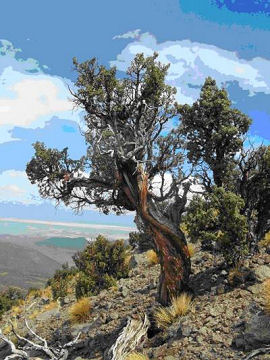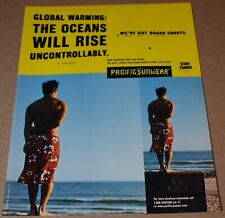
Climatologists at the National Center for Atmospheric Research (NCAR) have been tinkering with their climate models and come up with some predictions about the areas on Earth that will be most affected by global warming. There new research appears in the journal Geophysical Research Lettersand builds on previous work that looked at ocean temperatures and hurricanes.
The researchers say that the warming of the oceans and atmosphere will create warmer sea surfaces that will boost evaporation. Additionally, the Earth’s warmer atmosphere will hold more moisture, and as this “soggy air” moves from the oceans to the land, it will dump more rain.
The results from the model suggest that the greatest increases will occur over land in the tropics. Heavier rain and/or snow will also fall in northwestern and northeastern North America, northern Europe, northern Asia, the east coast of Asia, southwestern Australia, and parts of south-central South America. The researchers say that these new weather patterns should be well in evidence during this century. “The models show most areas around the world will experience more intense precipitation for a given storm during this century,” says lead author of the study Gerald Meehl. “Information on which areas will be most affected could help communities to better manage water resources and anticipate possible flooding.”
Although water vapor increases the most in the tropics, it also plays a role in the mid-latitudes, according to the study. Combined with changes in sea-level pressure and winds, the extra moisture produces heavier rain or snow in areas where moist air converges. In the Mediterranean and the U.S. Southwest, even though intensity increases, average precipitation decreases. The heavier rain and snow will most likely fall in late autumn, winter, and early spring, while drought may be a possibility in the warmer months.


















Comments are closed.